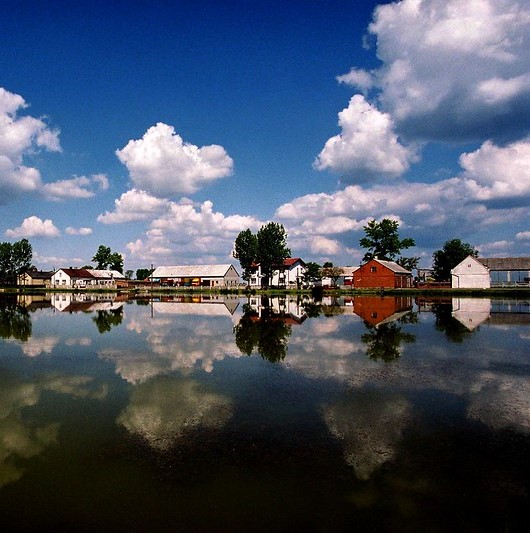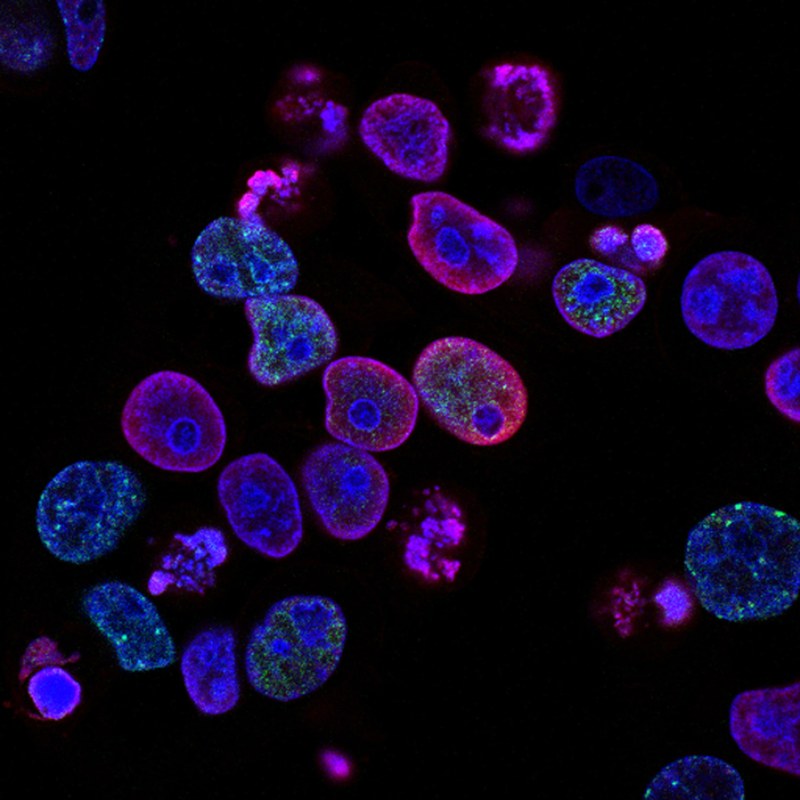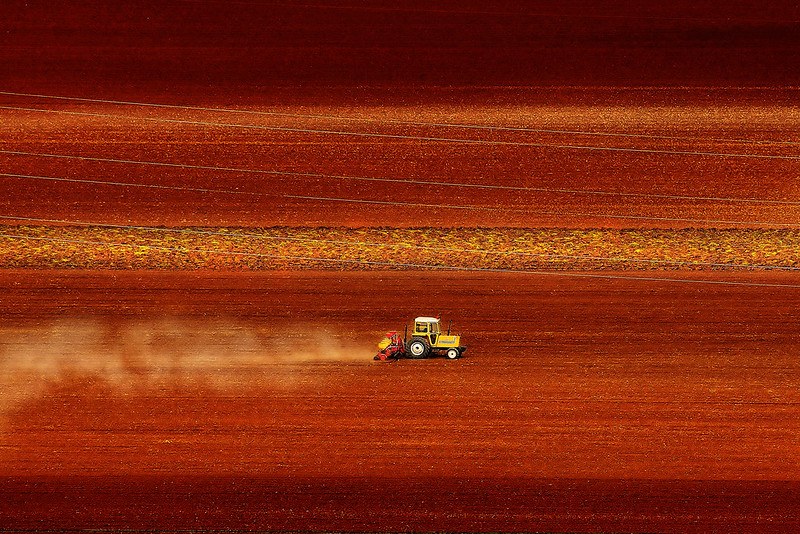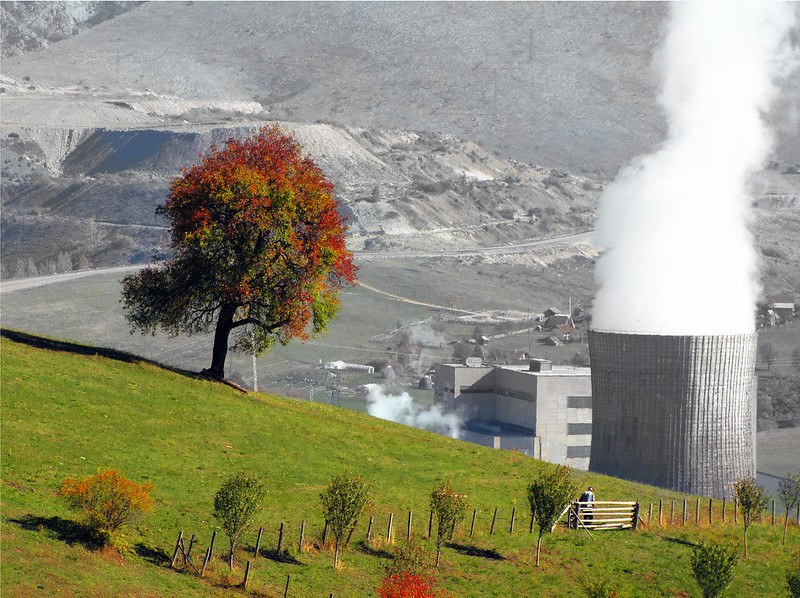All official European Union website addresses are in the europa.eu domain.
See all EU institutions and bodiesPollution can harm human health and the environment. It can be pollutants found in air, water and soil. It can also be harmful noise or artificial light. The EU is taking action to reduce pollution and the threats harmful substances pose to Europe’s environment and human health.
Pollution can come in many forms and from many sources. Once released, many pollutants remain in nature and tend to accumulate. Some sources are widespread, like transport and agriculture, whereas others are linked to a specific place, like a factory or power plant. Chemicals, dust, noise and radiation are pollutants that can alter air, water and soil in a way that makes them harmful to our health and environment.
In recent decades, thanks to legislation, there has been significant progress toward reducing the amount of pollutants released to nature in Europe.
- The number of Europeans dying prematurely due to poor air quality is less than half of early 1990s levels.
- Europe’s industry is becoming cleaner with fewer emissions to air and water.
- A wider uptake of electric cars and more extensive public transport systems contribute to cleaner air, especially in cities.
- Advanced wastewater treatment covers more and more communities. We can enjoy fishing and swimming in many rivers, lakes and coastal areas.
- Agricultural practices are focusing on fertiliser and pesticide use aimed at minimising the risk of contaminating water and soil.
Yet, many of Europe's water bodies continue to be impacted by contamination. Different pollutants like mercury or microplastics continue to accumulate. Europe’s soils still suffer from the pollution that was released decades or centuries ago. Millions continue to be exposed to harmful levels of noise pollution. Pollution exposure in Europe is often linked to social inequalities and income levels, with poorer communities and households more likely to be exposed to pollution and suffer from its health effects.
Despite real improvements, data on existing pollution levels indicate that we can and should do much more. This will require better implementation of existing policies and targets as well as a comprehensive approach. The EU’s Zero Pollution Action Plan aims to do that.

EEA report: "The state of water in Europe is..."
Pollution, habitat degradation, impacts of climate change, and the over-use of freshwater resources are putting pressure on Europe’s lakes, rivers, coastal waters and groundwaters like never before. According to our recent report, the largest assessment on the health of Europe’s water bodies, Europe is not on track to meet its targets to improve the health of waters under EU rules.
Agriculture is the most significant pressure impacting both surface and groundwaters, according to the EEA report ‘Europe's state of water 2024: the need for improved water resilience’. This results from water use and pollution from the intensive use of nutrients and pesticides, according to Member States’ own monitoring. Agriculture is by far the highest net water consumer in Europe and, without changes in practices, demand from irrigated agriculture is likely to increase with climate change.
Preventing cancer cases by...
Cancer impacts the lives of many Europeans, with nearly 2.7 million new patients diagnosed and 1.3 million deaths each year in the EU-27 (Dyba et al., 2021). Although Europe represents less than 10% of the world’s population, it reports almost 23% of new cancer cases and 20% of the cancer deaths worldwide.
Our report provides a brief overview of the evidence on the environmental and occupational determinants of cancer in Europe and of EU policy responses. According to our report:
- Exposure to air pollution, carcinogenic chemicals, radon, UV radiation and second-hand smoke together may contribute over 10% of the cancer burden in Europe.
- Environmental and occupational cancer risks can be reduced by cleaning up pollution and changing behaviours: decreasing these risks will lead to a fall in the numbers of cancer cases and deaths.


Land and soil pollution: a growing problem
Excessive use of mineral fertilisers can contaminate soil and affect the way soil ecosystems function. Through soil erosion or flooding, pollutants can enter water streams, leach into groundwater, and spread further to affect drinking water and nature. Waste management practices — such as landfilling or spreading waste water on land — can also introduce contaminants to the soil. Air pollutants also end up being deposited on land and soil.
In Europe, pollution from industry is regulated by EU legislation and has been declining significantly. Despite this, industrial facilities also release some of their pollutant emissions to land. Information on how much and what pollutants each facility releases are made public through the European Industrial Emissions Portal.
What are the main air pollutants?
Particulate matter (PM) is emitted from many sources and is one of the most harmful pollutants to human health. It penetrates sensitive regions of the respiratory system and can cause or aggravate cardiovascular and lung diseases and cancers.
Ground-level ozone (O3) is an air pollutant that affects human health, vegetation and materials. Ozone is formed when other pollutants react with sunlight.
Nitrogen oxides (NOx) and sulphur oxides (SOx) are emitted from fuel combustion, such as power plants and other industrial facilities. They contribute to the acidification and eutrophication of waters and soils. In the air, they can cause health problems, such as airway inflammation and reduced lung function.
Organic pollutants, such as Benzo(a)pyrene (BaP), are emitted from fuel and waste combustion, industrial processes and solvent use. Substances such as hexachlorobenzene (HCB), polychlorinated biphenyls (PCBs) and polycyclic aromatic hydrocarbons (PAHs) can have a range of harmful effects on human health and ecosystems.
Heavy metals, such as lead and mercury, are toxic to ecosystems. They are mainly emitted from combustion processes and industrial activities. As well as polluting the air, they can build up in soils and sediments and accumulate in food chains.
Ammonia (NH3) is emitted mainly from agriculture and contributes to the eutrophication and acidification of waters and soils.


